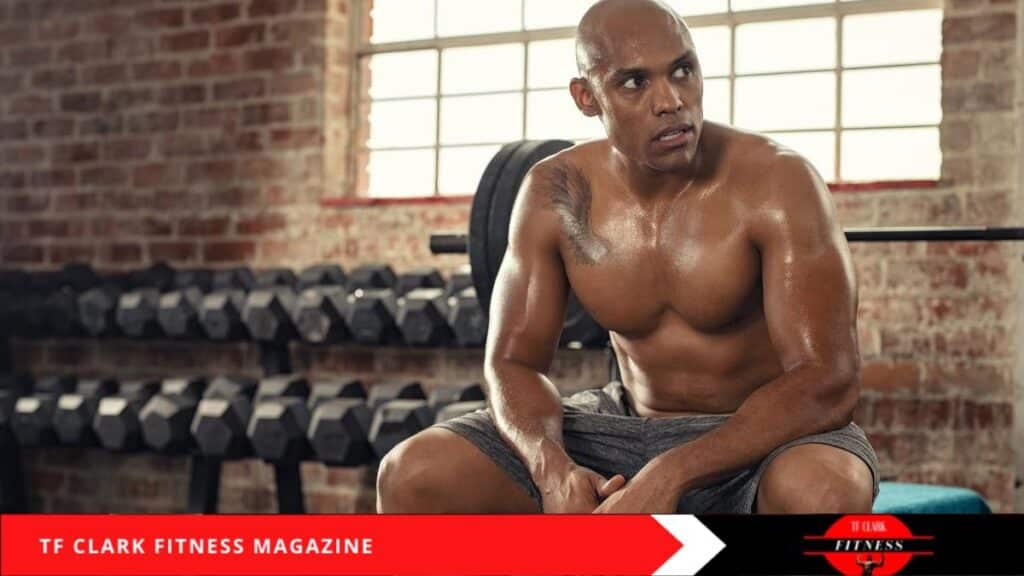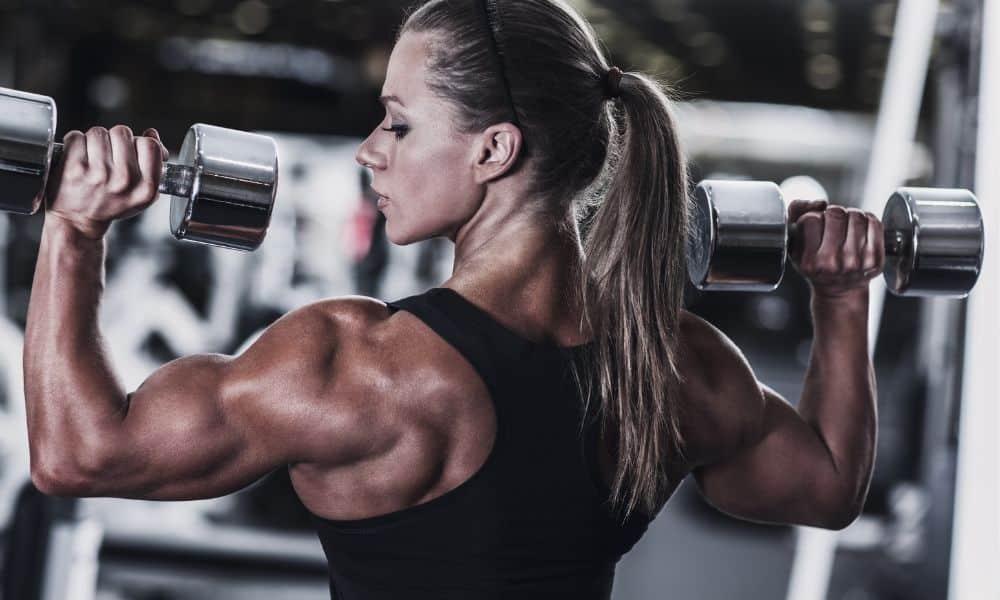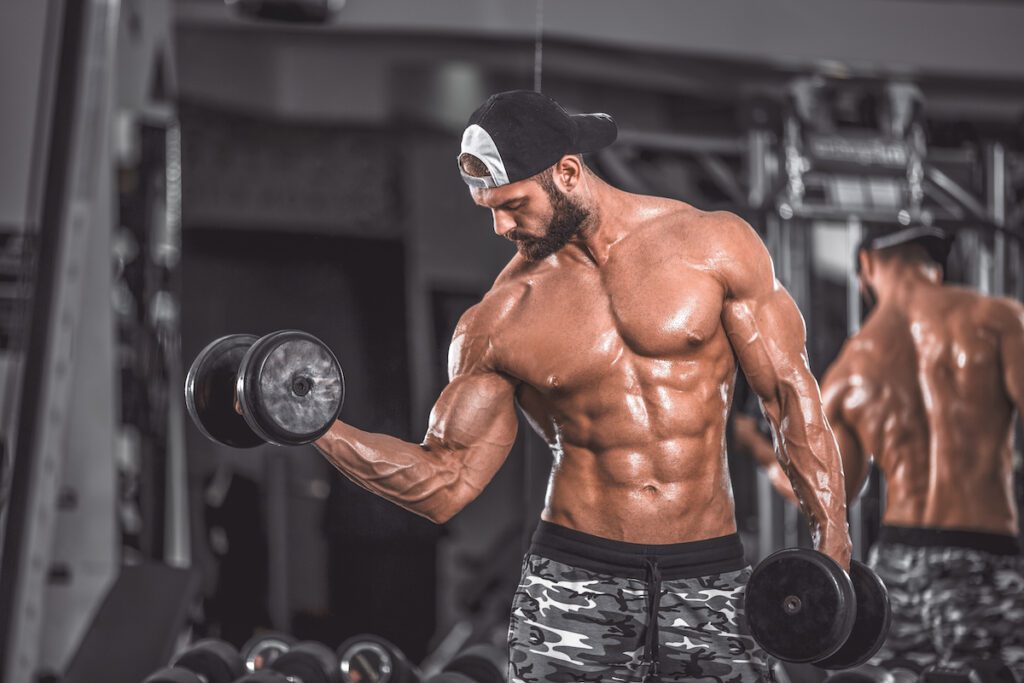Achieving a harmonious physique is often a primary goal in fitness and bodybuilding. However, it’s common to encounter individuals with a noticeable disparity between their upper and lower body development. Specifically, some may find themselves with a slim lower body contrasted by a more muscular upper body. This phenomenon raises questions about its commonality, causes, and strategies for achieving a more balanced physique.
Understanding the Disparity
The discrepancy between upper and lower body muscle development can stem from various factors, including genetics, training focus, and lifestyle habits. Genetics play a pivotal role in determining muscle distribution and body shape, influencing where one may gain muscle or fat more efficiently. Additionally, individuals often have a natural predisposition towards excelling in certain physical activities over others, leading to uneven development.
Training focus is another significant factor. Many people, especially those new to fitness, might prioritize upper body workouts, drawn by the immediate visual feedback of muscle growth in areas like the chest, shoulders, and arms. This focus can inadvertently lead to the neglect of lower body training, creating a muscular imbalance.
Lifestyle habits, including activity level and occupational demands, also contribute to this disparity. For instance, individuals with sedentary jobs may find it challenging to develop lower body strength and muscle mass compared to their upper body, which can be more easily targeted with exercises that don’t require heavy gym equipment.
Addressing the Imbalance
A balanced physique requires a deliberate and strategic approach to training and lifestyle adjustments. Here are some strategies to consider:
- Equal Focus on Lower Body Training: Incorporate various lower body exercises into your routine, ensuring you target all major muscle groups, including the quadriceps, hamstrings, glutes, and calves. Squats, deadlifts, lunges, and leg presses are foundational movements that can help build lower body mass.
- Adjust Training Volume and Frequency: If your lower body is lagging, consider increasing the volume (total number of sets and reps) and frequency (number of lower body workouts per week) of your lower body training. This adjustment signals your body to prioritize muscle repair and growth in the lower extremities.
- Monitor Nutrition and Recovery: Muscle growth requires adequate nutrition, particularly protein intake, and sufficient rest for recovery. Ensure your diet supports your training goals and that you’re allowing enough time for muscle repair, which is crucial for growth.
- Incorporate Compound Movements: Compound exercises, which engage multiple muscle groups simultaneously, are highly effective for overall muscle development. They work the primary muscles targeted and engage the core and lower body, even during upper-body exercises.
- Seek Professional Guidance: A certified personal trainer or a physical therapist can provide personalized advice and adjustments to your training regimen, ensuring you’re on the right path to a balanced physique.
Conclusion
While it’s relatively common for individuals to exhibit a muscular upper body and a slim lower body, recognizing the factors contributing to this imbalance is the first step toward addressing it. Adopting a holistic approach to training, focusing equally on all body parts, and making necessary lifestyle adjustments, achieving a balanced and harmonious physique is within reach. Remember, the fitness journey is a marathon, not a sprint, requiring patience, dedication, and consistency.




